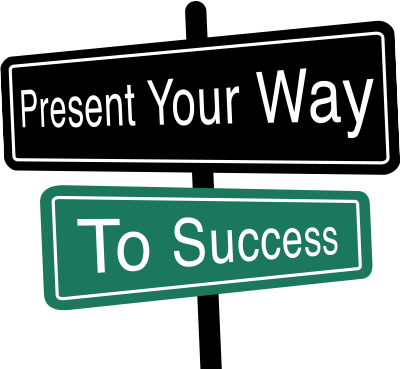5 Steps to Get to Know Your Audience

Understanding the audience I’m addressing is key to any successful presentation. Knowing who’s out there and what they’re passionate about helps me tailor my message in a way that really speaks to them, resulting in more engaged viewers from start-to-finish.
It doesn’t matter if it’s an intimate boardroom or conference hall – without getting familiar with their background beforehand, chances are whatever words leave my lips will just fall on deaf ears! That’s why understanding your audience matters: so, you can craft content tailored for maximum impact!
On my quest for presentation success, I stumbled upon a few golden nuggets of knowledge. After plenty of trial and error, it all came down to five fundamental steps that helped me truly connect with an audience – which I’m thrilled to share with you now!
- Conducting a background check: One way to get to know your audience is by doing a background check on them. This can include researching their profession, interests, and objectives for attending your speech. This information can help you tailor your message and ensure that you’re addressing the concerns and interests of the group.
- Surveys or questionnaires: Surveys or questionnaires can be an effective way to get to know your audience. This can be done before the presentation, by sending an electronic survey, or during the presentation by asking the audience to fill out a form or answer questions. This information can help you understand their needs and tailor your message accordingly.
- Interactive presentations: Another way to get to know your audience is by using interactive presentations. This can include asking questions, conducting polls, or encouraging audience participation. By engaging with your audience, you’ll be able to get a sense of their interests and where their attention lies.
- Social media: Social media can be a powerful tool for getting to know your audience. You can use social media platforms to research your audience, analyze their interests, and interact with them. This can help you understand their needs and tailor your message accordingly.
- Observation: Observing your audience during the presentation is another effective way to get to know them. This includes paying attention to their body language, facial expressions, and overall engagement levels. This can give you an idea of what they are interested in and what they are not, allowing you to adjust It your message accordingly.
To wrap up, it is clear that staying informed about your audience can be the difference between an engaging presentation and a speech that falls flat.
Keeping track of who you’re speaking to involves understanding their motivations, interests and beliefs -all while making sure they stay involved in what you have to say!
By utilizing background checks or interactive presentations, there are several ways to get this done; ultimately though it comes down human connection.
Utilizing these methods will help ensure success by allowing for meaningful dialogue with everyone present at any given event.









